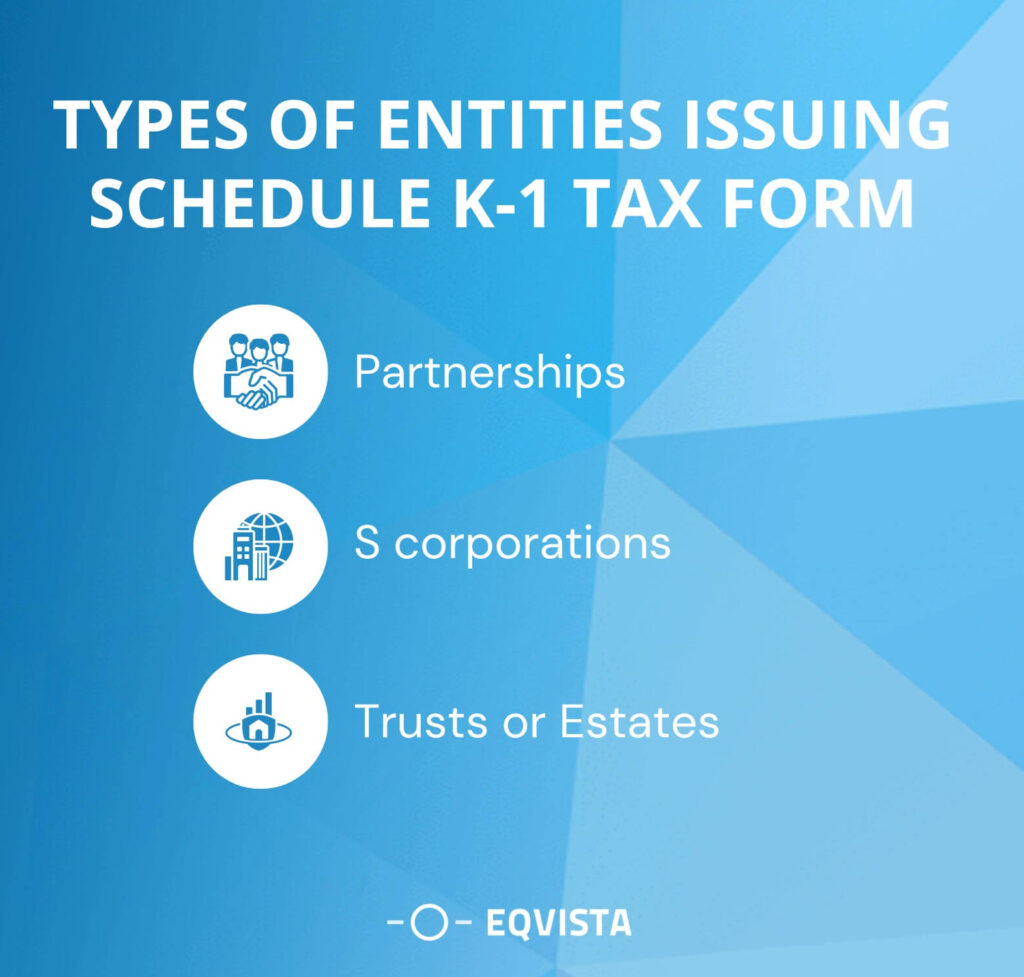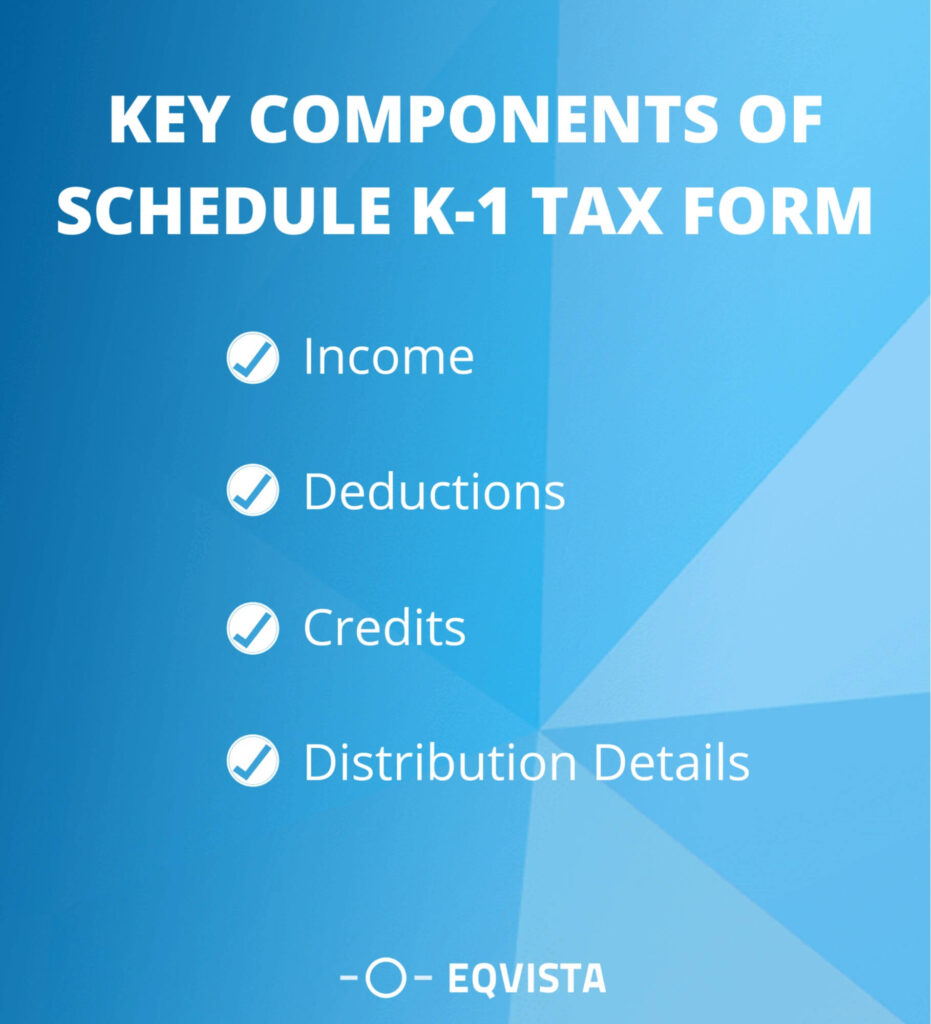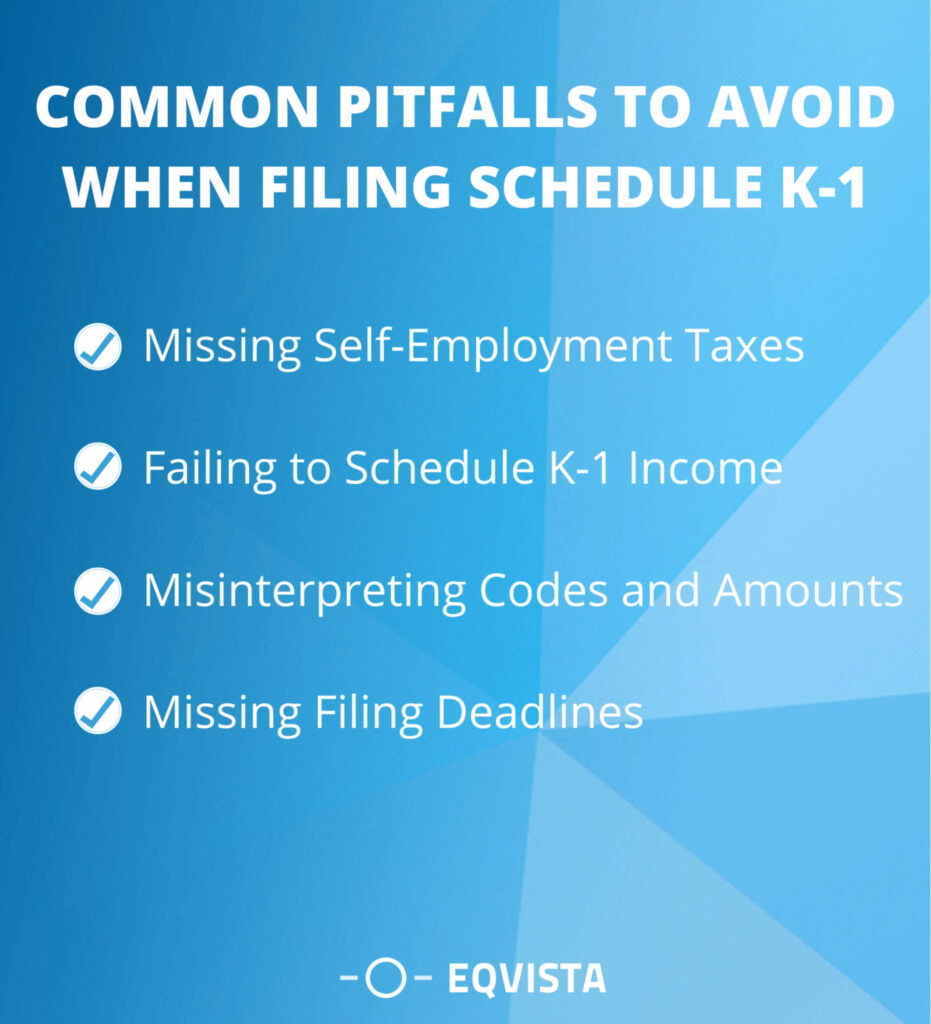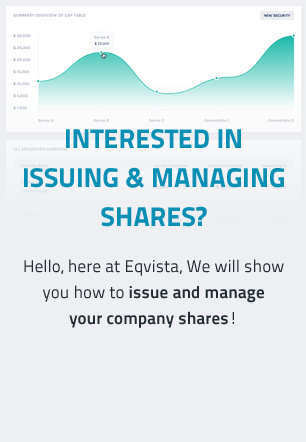Schedule K-1 Tax Form: Essential Filing Tips for Taxpayers
The IRS issues an annual tax form called Schedule K-1 to individuals involved in business partnerships.
Tax season is on the horizon, and for many, the mention of Schedule K-1 might induce a bit of anxiety. What is Schedule K-1 tax form? Schedule K-1 is vital to IRS Form 1065, U.S. Return of Partnership Income. It is the official report detailing profits, losses, deductions, and credits from partnerships, S corporations, and specific trusts.
The unique feature of Schedule K-1 is its role in pass-through taxation. It means that instead of the income-earning entity taking the tax hit, the responsibility shifts to the individuals with a beneficial interest in the entity. Our mission here is to make your encounter with Schedule K-1 tax form a breeze.
In this article we will discuss the following:
- What is Schedule K-1 tax form?
- Importance Schedule K-1 Tax Form for Taxpayers
- Types of Entities Issuing Schedule K-1 tax form
- Key Components of Schedule K-1 tax form
- How to file a schedule K-1 tax form?
- Common pitfalls to avoid when filing Schedule k-1
- How to choose Professionals to Schedule K-1 tax form filing?
- FAQ
Schedule K-1 tax form
In the U.S., pass-through taxation is a concept allowing the transfer of tax obligations from a business entity to its stakeholders. The K-1 essentially showcases the partnership’s financial story for each partner, revealing capital inputs, gains, losses, and withdrawals.
Schedule K-1 is a tax form used to report the income, losses, and dividends of business partners or S corporation shareholders and income distributions from trusts and estates to beneficiaries. The form is filed only if backup withholding was reported in box 13, code B.
What is Schedule K-1 tax form?
The IRS issues an annual tax form called Schedule K-1 to individuals involved in business partnerships. This form plays a crucial role in reporting each partner’s portion of the partnership’s Earnings, Losses, Deductions, and Credits.
Its function in tax reporting is akin to other Forms 1099, which disclose dividend or interest income from securities or earnings from the sale of securities.
Various entities and partnerships employ Schedule K-1 tax forms for IRS reporting and distribution to partners and shareholders. Although it is not customary for individual taxpayers to directly submit K-1 forms, the data in these forms plays a crucial role in completing personal income tax returns.
Partnerships must file tax returns and provide Schedule K-1 tax forms to partners. Partners use the K-1 form to file their individual tax returns. For example, if the partnership’s fiscal year ends on April 30, 2024, K-1s must be provided by July 15, 2024. S corporations must file a 2023 tax return and provide each shareholder with a copy of their Schedule K-1 by the due date.
Types of Entities Issuing Schedule K-1 tax form
Schedule K-1 discloses the allocation of earnings to each partner for taxation purposes, requiring individual completion. The determination of this earnings division typically rests on agreements among partners, considering factors such as individual contributions or established partnership agreements. There are four distinct Schedule K-1 tax forms tailored for different users.

Partnerships
In partnerships, the partners, not the business, handle tax responsibilities. Each partner files a tax return, disclosing their share of the business’s income, losses, tax deductions, and credits, as outlined in the 1065 tax form. To make this process transparent, the partnership creates a Schedule K-1 tax detailing each partner’s portion of these tax elements.
For instance, if a business earns $100,000 in taxable income with four equal partners, each partner would receive a K-1 reflecting $25,000 of income.
S corporations
Business owners involved in this type of business must annually file Form 1120S to report their income. Each shareholder within an S corporation is required to receive a Schedule K-1 Form 1120S. The information reported on Schedule K-1 serves as the basis for individual tax return reporting by the shareholders.The key sections of Schedule K-1, Form 1120S, cover details about
- The corporation
- The individual shareholder
- The shareholder’s share of income, deductions, and more
For instance, if you own a 25% stake in a specific S corporation and the business earns a profit of $100,000 in a given tax year, your Schedule K-1 form would indicate $25,000 as your share of earnings or funds from the S corporation for that year.
Trusts or Estates
Estates and trusts issue K-1 forms to beneficiaries, allowing them to incorporate received income into their tax returns. The estate or trust then completes its tax return, utilizing Form 1041, including K-1 information. Depending on governing documents and the type of income, some trusts may pay income tax at the trust level, while others pass it through to beneficiaries.
For instance, a trust might pass through dividends and interest to beneficiaries but handle capital gains at the trust level. In such cases, beneficiaries receive a K-1 detailing their tax-reporting income.
Importance Schedule K-1 Tax Form for Taxpayers
Schedule K-1 is a tax form distributed after each fiscal year, revealing their respective portions of the business’s profits, losses, deductions, and credits. The significance of Schedule K-1 lies in its role of furnishing essential information to taxpayers during the preparation and filing of their tax returns.
Here are key reasons why Schedule K-1 holds importance in tax planning:
- Understanding Income Share – Schedule K-1 clarifies an individual’s share of business income, losses, deductions, and credits. This information is crucial in determining one’s tax liability during tax return preparation.
- Pass-Through Taxation – The business’s profits and losses pass through to individual partners, members, or shareholders, who then report this information on their personal tax returns. Schedule K-1 tax facilitates the disclosure of each individual’s share in the business’s financial outcomes.
- Deductible Expenses – The form details any deductible expenses incurred by the business during the year. These expenses can reduce an individual’s taxable income.
- Tax Credits – Schedule K-1 highlights any tax credits applicable to the business, potentially reducing an individual’s overall tax liability.
- Tax Calculation – The document is instrumental in calculating the taxpayer’s basis in the partnership, LLC, or S corporation. Basis holds significance as it determines the amount of loss deducted from an individual’s tax return.
- Reporting Foreign Assets – Schedule K-1 tax form also serves as a tool for foreign assets. Individuals must include this information in their tax returns if the business possesses foreign financial assets exceeding $50,000.
Key Components of Schedule K-1 tax form
The Schedule K-1 tax form comprises key components that play a crucial role in reporting financial information. These components include:

- Income – Schedule K-1 outlines the individual’s share of income generated by the partnership, S corporation, or trust during the tax year. It has profits, gains, and other earnings attributable to the individual.
- Deductions – The form includes details about deductions related to the individual’s share in the business or entity. Deductions can encompass various expenses that reduce the individual’s taxable income.
- Credits – Schedule K-1 reports any tax credits applicable to the business or entity. These credits can contribute to reducing the individual’s overall tax liability.
- Distribution Details – The form provides information on any distributions made to the individual during the tax year. It includes allocating profits, losses, and other financial outcomes that impact the individual partner, shareholder, or beneficiary.
How to file a schedule K-1 tax form?
Filing a Schedule K-1 involves three main parts:
- Part I – Entity Information: This section covers essential details about the entity, including its employer’s EIN, address, IRS filing location, and whether it’s a publicly traded partnership.
- Part II – Partner/Shareholder/Beneficiary Information: This part requires specific information about the recipient of the K-1, such as their SSN, address, role in the entity, profits and losses, and the capital and assets contributed to the partnership throughout the year.
- Part III – Current Share Information: This section collects details about income, tax deductions, and credits related to the entity.
Remember the following filing tips for taxpayers for a smooth Schedule K-1 process:
Don’t wait for the deadline
Don’t wait until the last minute to tackle your Schedule K-1 filing. Form 1065 is due by March 15 for businesses on a calendar year. Partnerships must also issue Schedule K-1s by this date, giving partners almost a month to file personal tax returns by April 15. If these dates fall on a weekend or holiday, they shift to the next business day.
Businesses using a fiscal year must file by the 15th day of the third month after their fiscal year ends. For example, if the fiscal year ends on April 30, 2024, Schedule K-1s must be provided by July 15, 2024. Partners then use this info for their tax returns, filed in 2025.
Seek professional help
When dealing with the extensive financial reporting and data required for filling out Form 1065, enlisting the help of a tax expert can save you considerable time and effort. It is because they come equipped with pre-set tax codes and accounting rules, streamlining the process.
A dedicated team of bookkeepers and tax professionals can automate your financial reporting and handle tax filing throughout the year. Additionally, you gain access to unlimited, on-demand consultations. It allows you to discuss your business and tax planning with tax advisors, ensuring the smallest possible tax bill for your business.
Organize Financial records
Check out the official IRS Partner’s Instructions for Schedule K-1 for the necessary details. Everything required for your Schedule K-1 comes from the Income and Expenses section of Form 1065.
Schedule K-1 doesn’t just cover regular business income or losses. It includes other stuff like real estate income, bond interest, royalties, dividends, capital gains, foreign transactions, and other payments related to your partnership involvement. Make sure to have this info ready when filling out the form.
Common pitfalls to avoid when filing Schedule k-1
When filing Schedule K-1, it’s crucial to steer clear of common pitfalls to ensure a smooth tax process. Here are some pitfalls to avoid:

- Missing Self-Employment Taxes – Some individuals may overlook the self-employment tax implications of their share of partnership income. Schedule K-1 income is subject to self-employment taxes, and failure to account for this can lead to underpayment and potential penalties.
- Failing to Schedule K-1 Income – It’s essential to report all income listed on Schedule K-1, including passive income, rental income, interest, dividends, and capital gains. Failing to report this income can result in IRS audits and penalties.
- Misinterpreting Codes and Amounts – Schedule K-1 contains various codes and amounts that signify different types of income, deductions, and credits. Misinterpreting these codes or amounts can lead to errors in tax reporting, potentially resulting in underpayment or overpayment of taxes.
- Missing Filing Deadlines – Partnerships must provide Schedule K-1 to partners by the IRS deadline, usually March 15th or April 15th for calendar-year partnerships. Failing to meet these deadlines can lead to penalties and interest on late filings.
- Overestimating deductions – Partnerships often involve passive activities, and there are limitations on deducting losses from these activities. Ignoring these limitations can result in overestimating deductions and could trigger IRS scrutiny.
How to choose Professionals to Schedule K-1 tax form filing?
Choosing a qualified tax professional is crucial for accurate and compliant Schedule K-1 tax form filing. Here are a few tips for choosing a qualified tax professional:
- Credentials – Look for professionals with recognized credentials such as Certified Public Accountant (CPA) or Enrolled Agent (EA). These designations indicate a certain level of expertise and adherence to professional standards.
- Experience – Seek professionals with experience in handling tax situations similar to yours. Whether it’s business partnerships, investments, or specific deductions, a professional with relevant experience can provide valuable insights.
- References and Reviews – Check references and read reviews from other clients. Positive feedback from individuals with similar tax needs can be a good indicator of the professional’s competence.
- Fee Structure – Understand the professional’s fee structure upfront. Some charge hourly rates, while others may have a fixed fee. Clarify what services are in the fee and if there are additional charges for specific tasks.
- Accessibility – Choose a professional who is accessible and responsive. Timely communication is essential, especially during the tax filing season.
FAQs
Who receives a Schedule K-1?
Partners, shareholders, and beneficiaries in partnerships, S corporations, or trusts receive Schedule K-1. If you’re wondering how to file Schedule K-1 tax form, this document is essential for your tax reporting.
When is the Schedule K-1 Tax Form issued?
Schedule K-1 is typically issued to recipients by March 15, allowing time for individual tax returns before the April 15 deadline. Discover filing tips for taxpayers during this period.
What information is included on Schedule K-1?
It’s important to understand what is Schedule K-1 tax form and its components. It includes details on income, deductions, credits, and distribution information relevant to partners, shareholders, or beneficiaries.
What should I do if there are errors on my Schedule K-1?
If you think there’s a mistake on your Schedule K-1, tell the partnership and ask for a corrected one. Don’t make changes to your own copy. Make sure the partnership also sends the corrected one to the IRS. Seasoned experts offer great filing tips for taxpayers.
How does Schedule K-1 impact my state tax return?
The information from Schedule K-1 is crucial for filing your state tax return, influencing your overall tax liability. Ensure you understand how to file Schedule K-1 tax form to optimize your state tax situation.
Need help filing your schedule K-1 form?
Understanding the Schedule K-1 tax form is key to navigating the complexities of partnerships, S corporations, and trusts. It’s not just a piece of paper; it’s your guide to accurately reporting income, deductions, and credits. Here’s where Eqvista steps in as your comprehensive solution. Right from incorporating your business, Eqvista simplifies the process, ensuring a seamless journey from startup to tax filing.
Eqvista’s user-friendly platform simplifies financial management, making generating and filing Schedule K-1 forms processes a breeze. Call us today to understand how to file Schedule K-1 forms with our expert assistance!
Interested in issuing & managing shares?
If you want to start issuing and managing shares, Try out our Eqvista App, it is free and all online!
